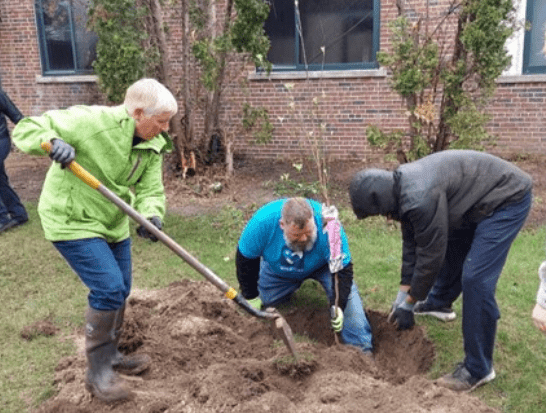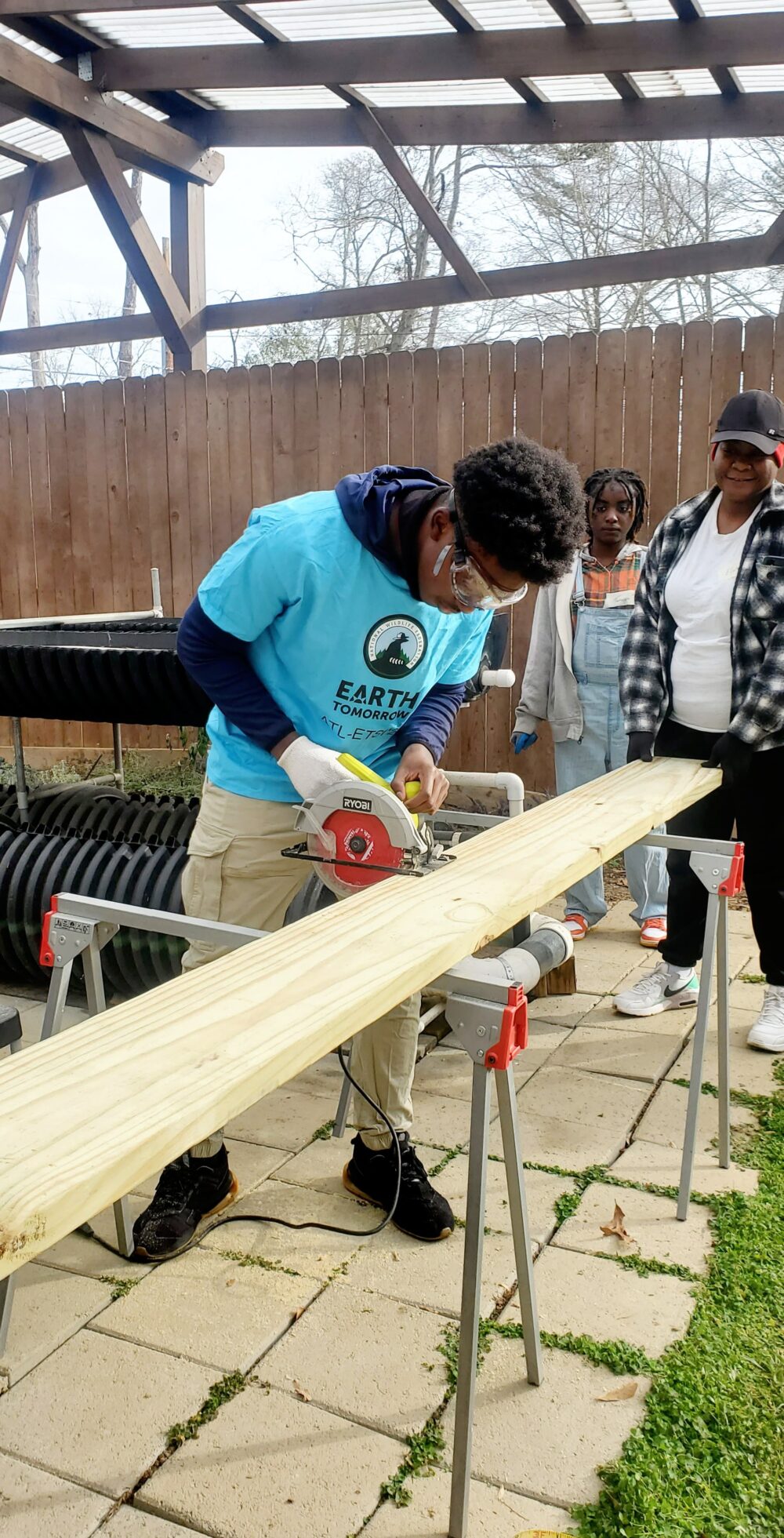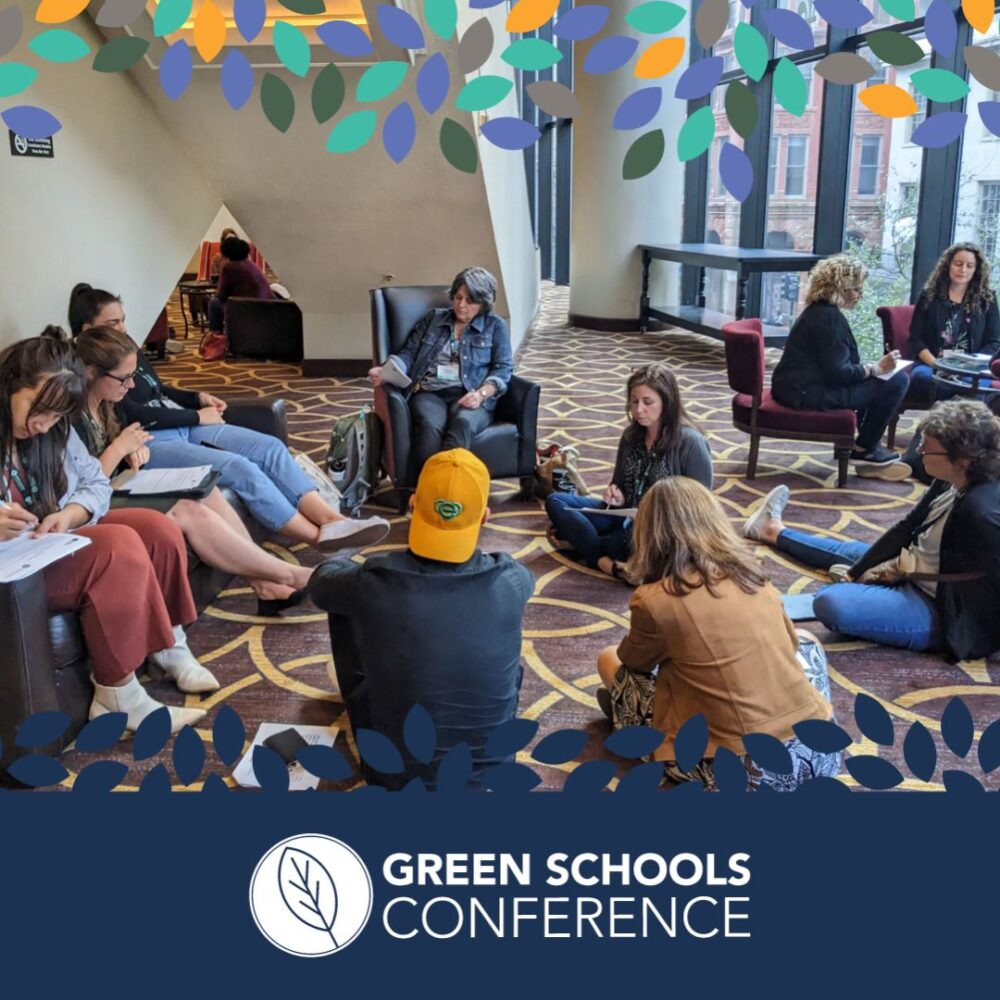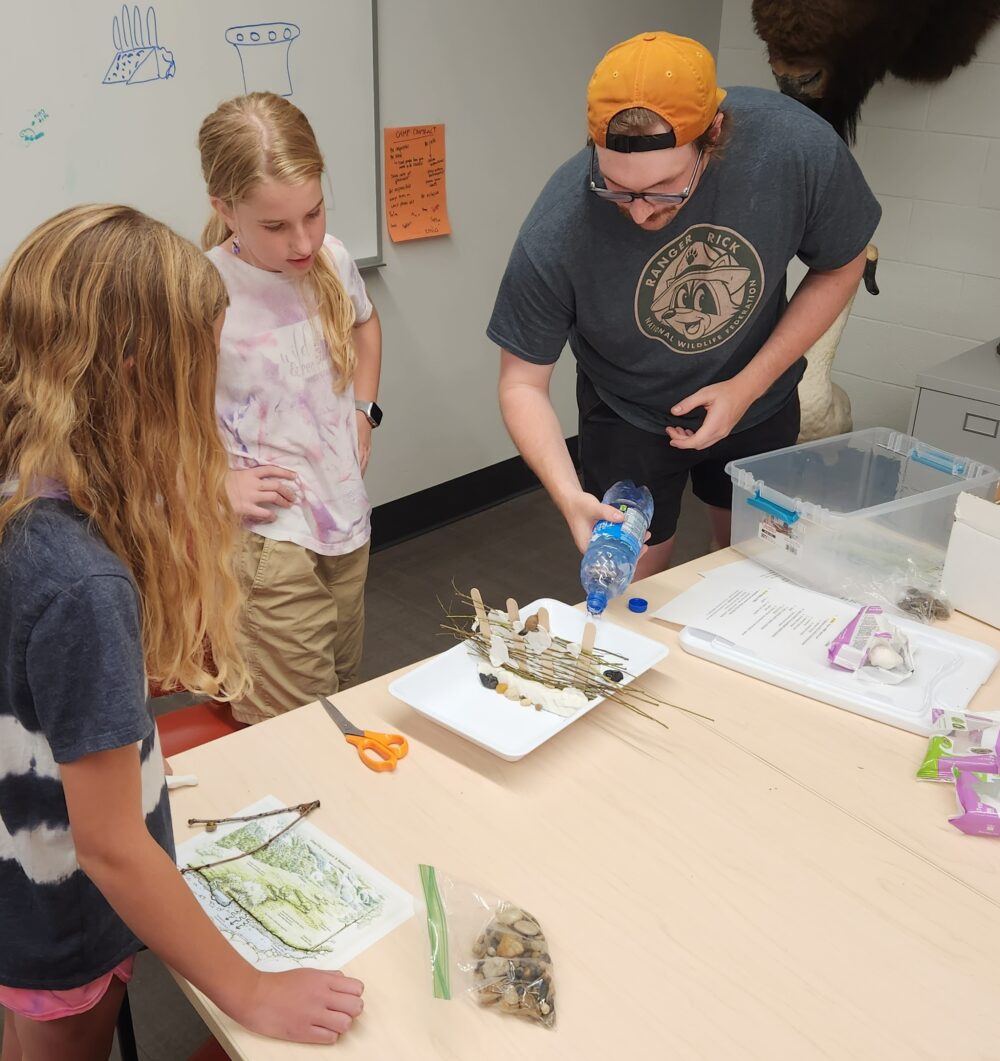We have much more to do and your continued support is needed now more than ever.
Creating a Field Guide to Your Backyard, Part 1
Here’s an idea that can fill several days, even weeks, of Green Hours. It’s a project you can start today and work on whenever you and your kids are moved to do so. At the very least, it’s a project you’ll want to revisit seasonally.
It’s a field guide to your own backyard and you and your children can start one today.
It’s a no-cost, low-impact project for everyone no matter how large or small your yard is. If you have no yard, use a local park or schoolyard as your object of study. This project can be something you work on weekly. Why not make Fridays field-guide day?
A field guide project begins with observation and the key to successful nature observation is to start with modest expectations. Make your first observation as long or as short as your child’s attention span will allow. Gather together a loose-leaf binder, some blank paper, a pen or pencil and a field guide to birds (you can get one at the library).
Look for birds in your yard or sit at the kitchen table and watch birds at your feeder. Use your field guide to help you identify the birds you see outside. Your list of birds is the first phase of your own field guide. Remember that you’ll see different birds at different times of the day, and in different seasons.
Once your child has the hang of identifying the birds using a field guide, create a page for each species of bird you see. Note the color, behavior, and call. Record the date and time of day you first saw the bird. You can even write about how you felt when you first saw the bird. To complete your page on each species, add a drawing or a downloaded picture from the Internet, take a photo of the bird, or sketch it. If you are observing in different seasons, you might notice changes in some birds. Note your observations about each bird’s color and appearance in different seasons. Some species have breeding colors, others don’t, but most molt or periodically shed feathers.
Take your field guide with you when you travel. Use it as your own reference to help you identify birds you see at Grandma’s house or at the beach. Add to it by adding species you see beyond your own yard. Birds are just the beginning. You can add trees, insects, and mammals to your field guide. You can draw maps of your yard and neighborhood. You can even use your field guide as the first step in creating a wildlife habitat.
Show your children your love for them by sharing your time. By creating a field guide to your backyard you help hone their research, writing, organizational, artistic, and observation skills. Nature is always changing and ever-present. Revisit and update your field guide often.
See you in the outdoors!
Jane Kirkland Jane Kirkland is the award-winning author of the “”Take A Walk®”” series of nature discovery books as well as “”No Student Left Indoors: Creating a Field Guide to Your Schoolyard””, the acclaimed educator’s guide to helping students discover nature in their schoolyard. To learn more about Jane and her books visit: www.takeawalk.com.






















